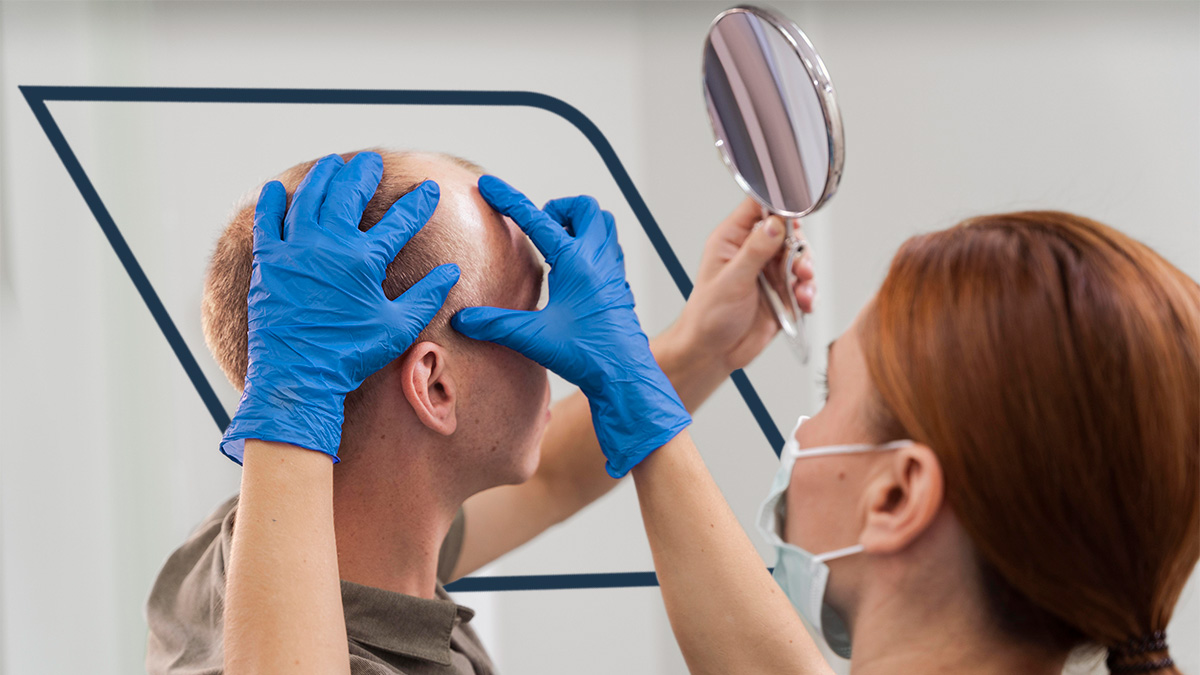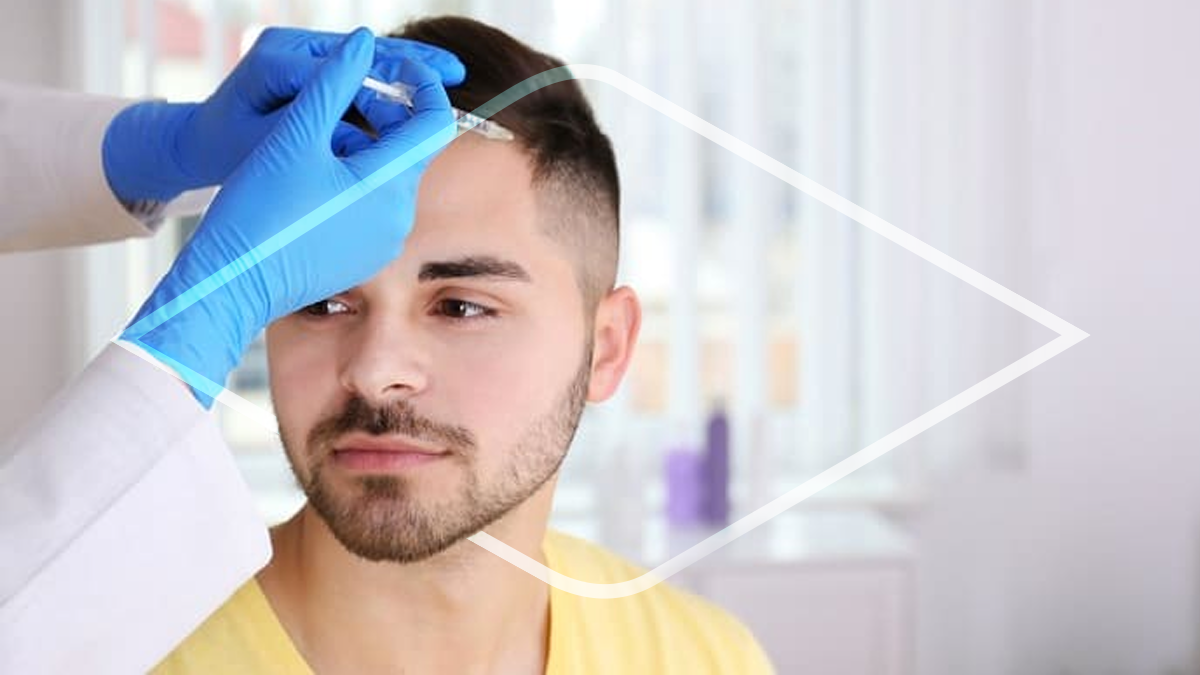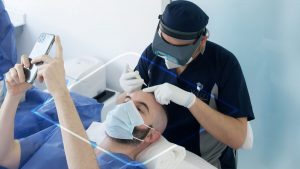Hair loss affects millions of adults across the United States, influencing personal confidence, professional image, and social interactions. Selecting a proficient Hair Transplant Surgeon is critical to achieving durable, aesthetically pleasing results. Expertise, precision, and access to cutting-edge technology distinguish highly regarded surgeons from general practitioners.
Defining the Role of a Hair Transplant Surgeon
A Hair Transplant Surgeon is not only a clinician but also an artist, responsible for:
- Patient Evaluation: Assessing hair loss patterns, donor area quality, scalp health, and overall medical fitness.
- Surgical Planning: Developing a personalized procedure plan, selecting grafting techniques, and determining hairline design.
- Procedure Execution: Performing FUE, FUT, DHI, or robotic-assisted transplants with meticulous precision.
- Postoperative Management: Monitoring recovery, prescribing medications, and scheduling follow-up visits to ensure successful hair growth.
The combination of technical skill, aesthetic insight, and patient-centered care defines a surgeon’s capability.
Key Qualities of an Effective Hair Transplant Surgeon
Selecting a Hair Transplant Surgeon involves evaluating several critical factors:
- Board Certification: Surgeons should hold certifications in dermatology, plastic surgery, or hair restoration surgery.
- Experience and Case Volume: Number of procedures performed, years in practice, and expertise in complex cases.
- Technological Mastery: Competence in advanced FUE, FUT, DHI, and robotic-assisted techniques.
- Aesthetic Judgment: Ability to create natural hairlines, restore density, and maintain facial symmetry.
- Patient Communication: Clear explanation of procedures, risks, expected outcomes, and long-term care.
These qualities ensure that patients receive reliable, high-quality care with a predictable cosmetic outcome.
Hair Transplant Techniques Administered by Surgeons
Follicular Unit Extraction (FUE)
FUE is a minimally invasive procedure favored for precision and minimal scarring:
- Individual follicular units are harvested from donor areas.
- Suitable for small to moderate hair loss.
- Allows for natural frontal hairline reconstruction.
Follicular Unit Transplantation (FUT)
FUT is appropriate for extensive hair loss requiring high graft counts:
- Involves harvesting a strip of scalp and dissecting it into individual follicular units.
- Offers high graft yield for large-scale restorations.
- Advanced closure techniques minimize scarring.
Direct Hair Implantation (DHI)
DHI offers precise placement and reduced graft trauma:
- Uses implantation pens for controlled insertion.
- Maximizes graft survival and density.
- Ideal for high-density hairline reconstruction.
Robotic-Assisted Hair Transplant
Robotic systems enhance surgical precision:
- Automated follicle extraction ensures consistency.
- Supports complex cases with limited donor areas.
- Increases procedural efficiency while maintaining safety standards.
Evaluating Surgeons and Clinics
Patients should assess both the surgeon and the clinic infrastructure when seeking hair restoration:
| Clinic | Surgeon Experience | Techniques Offered | Patient Ratings | Key Strengths |
|---|---|---|---|---|
| Advanced Hair Solutions | 15+ years | FUE, FUT, DHI | 4.9/5 | High-density restoration, personalized care |
| Elite Hair Institute | 18+ years | FUE, Robotic | 4.8/5 | Robotic-assisted precision, exceptional patient follow-up |
| Coastal Hair Surgeons | 12+ years | FUT, DHI | 4.7/5 | Artistic hairline design, comprehensive post-op guidance |
Reviewing credentials, experience, and patient feedback is essential for selecting a reputable Hair Transplant Surgeon.
Cost Factors in Consulting a Hair Transplant Surgeon
Pricing varies according to technique, graft count, and surgeon experience:
| Procedure | Average Grafts | Estimated Cost |
|---|---|---|
| FUE | 1,500–2,500 | $6,500–$13,000 |
| FUT | 2,000–3,500 | $5,500–$11,000 |
| DHI | 1,500–2,500 | $8,500–$15,500 |
| Robotic FUE | 1,800–3,200 | $7,000–$14,000 |
Additional expenses may include PRP therapy, post-op medications, and follow-up visits. Financing options are frequently available.
Patient-Centered Care Practices
High-quality Hair Transplant Surgeons prioritize patient-centered care:
- Comprehensive Consultation: In-depth evaluation of hair loss, donor area, and aesthetic goals.
- Transparent Risk Communication: Clear discussion of potential complications and realistic expectations.
- Structured Follow-Up: In-person and virtual monitoring to track graft survival and hair growth.
This approach ensures improved patient satisfaction and superior surgical outcomes.
Advances in Hair Restoration Technology
Leading surgeons incorporate innovative techniques to improve outcomes:
- PRP Therapy: Stimulates hair follicle growth and accelerates healing.
- Stem Cell Applications: Enhances regenerative potential in thinning areas.
- High-Density Hair Transplant: Achieves natural-looking fullness even in severe hair loss.
- Digital Hairline Design: Merges aesthetic planning with precise surgical execution.
These innovations exemplify the evolution of hair restoration, improving success rates and patient satisfaction.
Psychological and Social Benefits
Hair restoration can significantly impact psychological well-being:
- Enhances self-esteem and body image.
- Improves social and professional interactions.
- Reduces anxiety associated with hair loss and thinning.
Research published in Dermatologic Surgery emphasizes the positive psychosocial outcomes associated with hair transplantation performed by experienced surgeons.
Potential Risks and Precautions
Even with highly skilled surgeons, potential risks exist:
- Temporary shock loss of transplanted or existing hair.
- Infection or inflammation if post-operative care is inadequate.
- Uneven hair density due to poor graft placement.
- Linear or dot-like scarring depending on the technique used.
Selecting a board-certified surgeon and following post-operative instructions carefully minimizes these risks.
How do I identify a qualified Hair Transplant Surgeon?
Look for board certification, extensive clinical experience, proficiency in advanced techniques (FUE, FUT, DHI, robotic-assisted), and patient reviews. Ensure the surgeon communicates clearly about risks, expectations, and recovery. Reviewing before-and-after photos is essential for realistic expectations.
Choosing a skilled Hair Transplant Surgeon is crucial for safe, effective, and aesthetically pleasing hair restoration. Evaluating credentials, clinical expertise, and clinic infrastructure ensures reliable outcomes. This foundation opens the door to understanding emerging global hair restoration trends, including minimally invasive procedures and regenerative medicine, which are shaping the next generation of hair transplantation practices.







